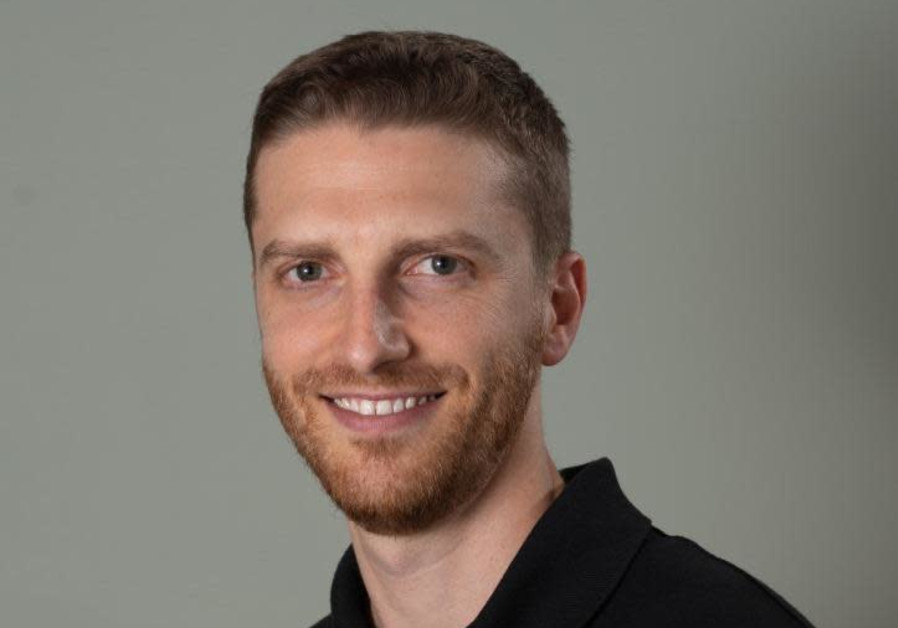An Israeli start-up has developed a method for producing oxygen from the surface of the Moon.
The project, titled HELIOS after the company behind it, has received funding from the Israel Space Agency, and is expected to develop a system that will launch two missions into space in the next three years.
The technology behind the ambitious idea is based on a special furnace that was designed to extract oxygen and various metals directly from the surface of the Moon, without requiring any supplementing materials brought from earth.
This potentially means reliant technology that would allow future human settlements on the Moon to quite literally live off the land for long periods of time without needing constant shipment of supplies from earth.
"The technology we've developed is part of a value chain that will allow permanent bases to be established outside the limits of planet earth," CEO and co-founder of HELIOS, Jonathan Geifman said, stressing the importance of focusing on basic infrastructure and the ability to produce raw materials from natural resources "in order to avoid having to endlessly transport equipment." 

And while the oxygen produced by HELIOS would potentially serve astronauts for breathing, most of it would be used for launching and operating space vehicles due to its part in the chemical process leading to a combustion reaction.
According to HELIOS, "the current cost of launching materials and equipment to the Moon, Mars and beyond restricts the chances for long term extra-terrestrial human presence." However, about 45% of the total mass of the surface of Mars and the Moon is suitable for the extraction of oxygen, the company says.
This will come in handy, considering the mind-boggling amount of oxygen required for space travel. Sustaining four astronauts in their trip to the Moon and back requires about 10 tons of oxygen. For comparison, launching Elon Musk's SpaceX multifunctional Starship is expected to cost some 850 tons of oxygen.
Over 50 missions to the Moon are scheduled to take place in the next five years, which will require large amounts of oxygen. This is especially true considering the recent collaboration announced between NASA and SpaceX that aims to bring astronauts to the Moon as early as 2024 for the first time sine 1972.
But this time, the idea is to leave behind more than a flag - a permanent station. And this is where the Israeli company's unique innovation may play an important role.
"HELIOS' revolutionary technology ... will make launching costs cheaper, will allow for more cargo and will allow in the future for long-term human presence in deep space," said Avi Blasberger, director-general of the Israel Space Agency, which is part of the Science, Technology and Space Ministry.
"We expect that humanity's return to the Moon as part of NASA's Artemis program will create significant business opportunities for the Israeli space industry and the space industry as a whole," Blasberger added, concluding by congratulating HELIOS, "a pioneering Israeli start-up," for leading such an important development.
HELIOS was established to actualize the vision of Earth-independent space exploration, according to its website. Among the notable names currently involved with HELIOS' project are William Larson, a former project manager at NASA specializing in resource utilization; Bertil Andersson, former chief executive of the European Science Foundation and Yoav Landsman, a senior engineer who worked on the Beresheet project, which was Israel's first attempt to land on the Moon.
